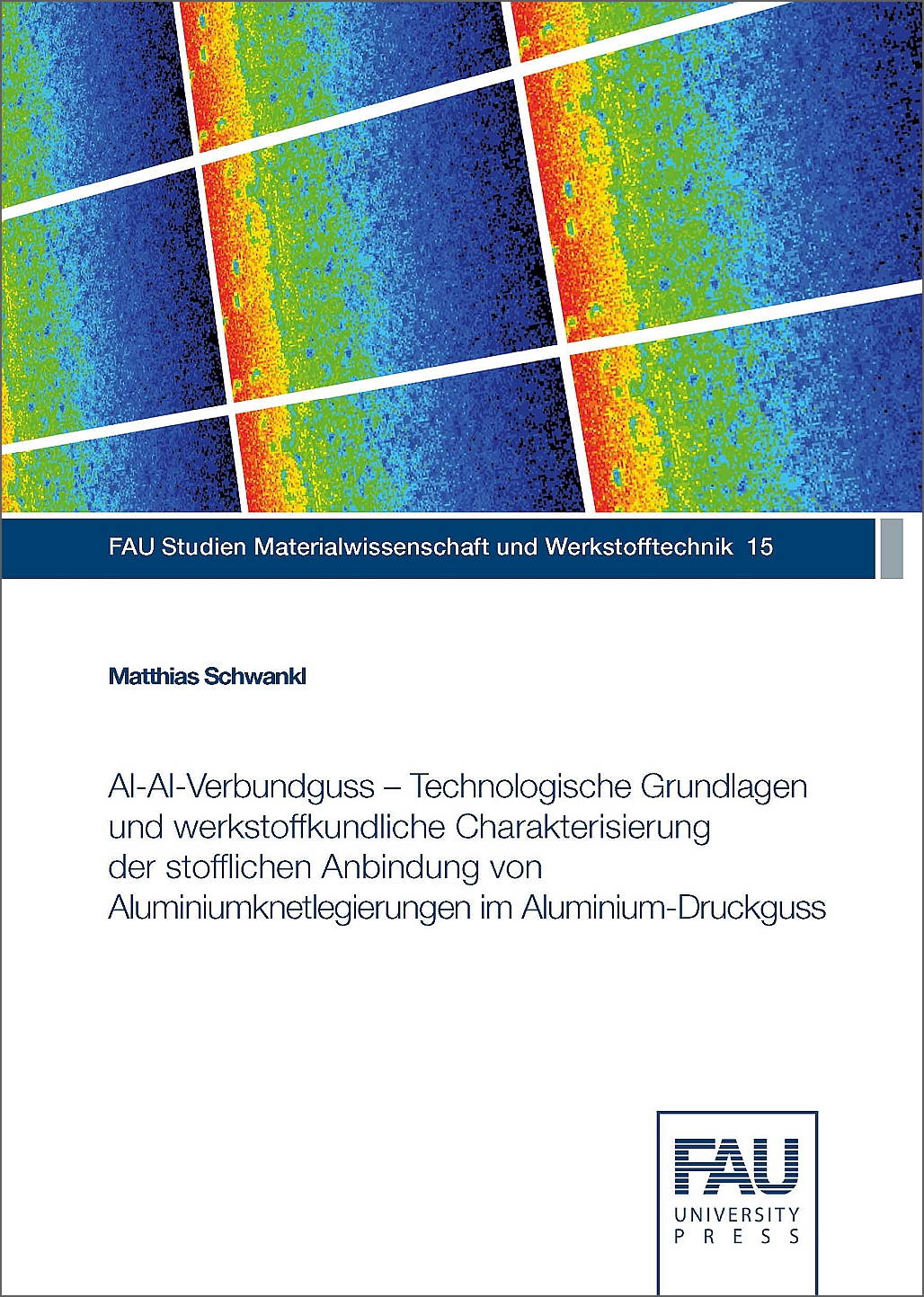Description
The application and combination of different materials is motivated by high complexity and high functionality of modern technical assemblies. This approach is also known as “mixed construction” for optimized lightweight products and involves a deep analysis of the interface/joint between the different parts. Therefore the interface between the solid insert and the casting component is of great interest besides controlling and adapting the casting process. The connection between the individual parts can be realized with form closure, traction or metallic bonding. The connection between the compound partners in this work is realized solely based on metallic bonding. Compound castings made of aluminum wrought alloys and aluminum cast alloys are created. In order to manufacture this kind of connection, the first part is focused on the surface pretreatment and coating technologies for solid Al-Inserts. A special coating process – zincate treatment – is applied in order to activate the insert surface and prevent reoxidation by depositing a thin layer of zinc. Subsequently the production of the compounds starts by using standard cold chamber high pressure die casting technology. A process window is determined and the investigations are supported by numerical calculations for mold filling behavior and solidification. 3 Point-Bending tests and compression shear experiments provide the means for mechanical characterization. In combination with an analytical observation of the interface, a profound understanding between process parameters, compound properties and the mechanism for the interface evolution is the aim of the second part of this work. Furthermore, an import goal can be found in the third part. Via adapted heat treatments the Al-Al-compounds shall be optimized. An improved strength for the cast and wrought alloy sections as well as a dissolution and distribution of zinc to the surrounding Al-matrices is striven. An adapted heat treatment leads to an overall improved compound cohesion and optimized mechanical properties. From the six most used groups of aluminum wrought alloys, 1 mm thick sheets are chosen to be coated with the zincate treatment and show a high coating degree as well as a satisfying adhesive strength. For casting thicknesses of 4 to 6 mm compounds with a defined strength are successfully produced. In general, the casting parameters show a minor influence on the compound properties. Whereas heat treatment leads to strongly improved formability and maximal loads at the point of break in the 3-Point-Bending experiments. A most interesting discussion forms around the topic of interface reactions: A combination of diffusion in the solid, in the liquid and convective effects is responsible for the development of metallic bonding.


Reviews
There are no reviews yet.